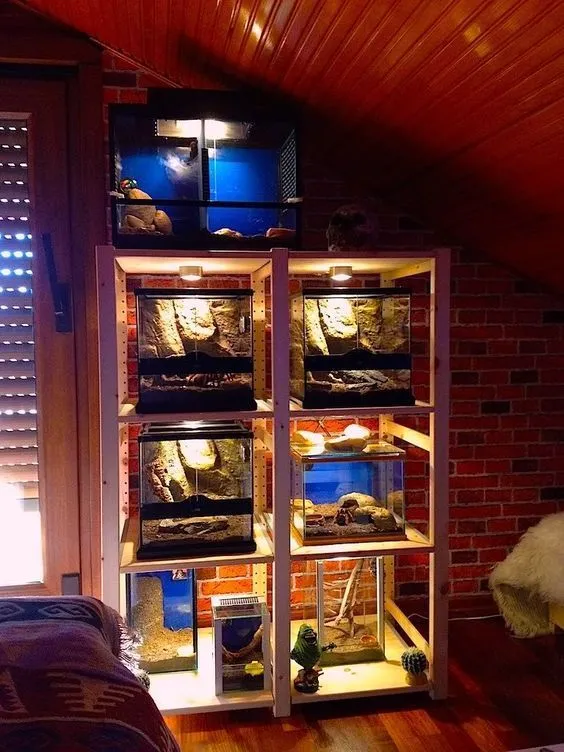Creating a tarantula room is an exciting venture for any arachnid enthusiast. A dedicated space allows you to provide the optimal environment for your eight-legged pets, ensuring their health, happiness, and longevity. This guide will walk you through every step of setting up a perfect tarantula room, from planning and choosing the right location to maintaining a clean and thriving habitat. Whether you’re a beginner or an experienced keeper, this comprehensive guide will provide you with the knowledge you need to create a safe and stimulating environment for your tarantulas. Properly setting up your tarantula room ensures your pet’s well-being and enhances your enjoyment of these fascinating creatures.
Planning Your Tarantula Room Setup
Before you begin building your tarantula room, careful planning is crucial. This phase sets the foundation for a successful and sustainable setup, ensuring you consider all necessary factors. Consider the long-term needs of your tarantulas and plan for future growth. A well-planned tarantula room will not only benefit your tarantulas but also make maintenance and care easier for you. This section guides you through the essential steps, from selecting the ideal location to determining the appropriate space and accessibility requirements, ensuring a well-organized and functional setup.
Choosing the Right Location
Selecting the right location is paramount. Your tarantula room should be in a quiet, low-traffic area of your home, away from direct sunlight, drafts, and excessive noise. These factors can stress your tarantulas and disrupt their natural behaviors. Avoid areas prone to significant temperature fluctuations, such as near windows or exterior doors. A spare room, a corner of a guest room, or even a dedicated area in a basement are excellent choices, providing a stable and controlled environment. A stable environment is essential to the health and wellbeing of your tarantulas.
Considerations for Space
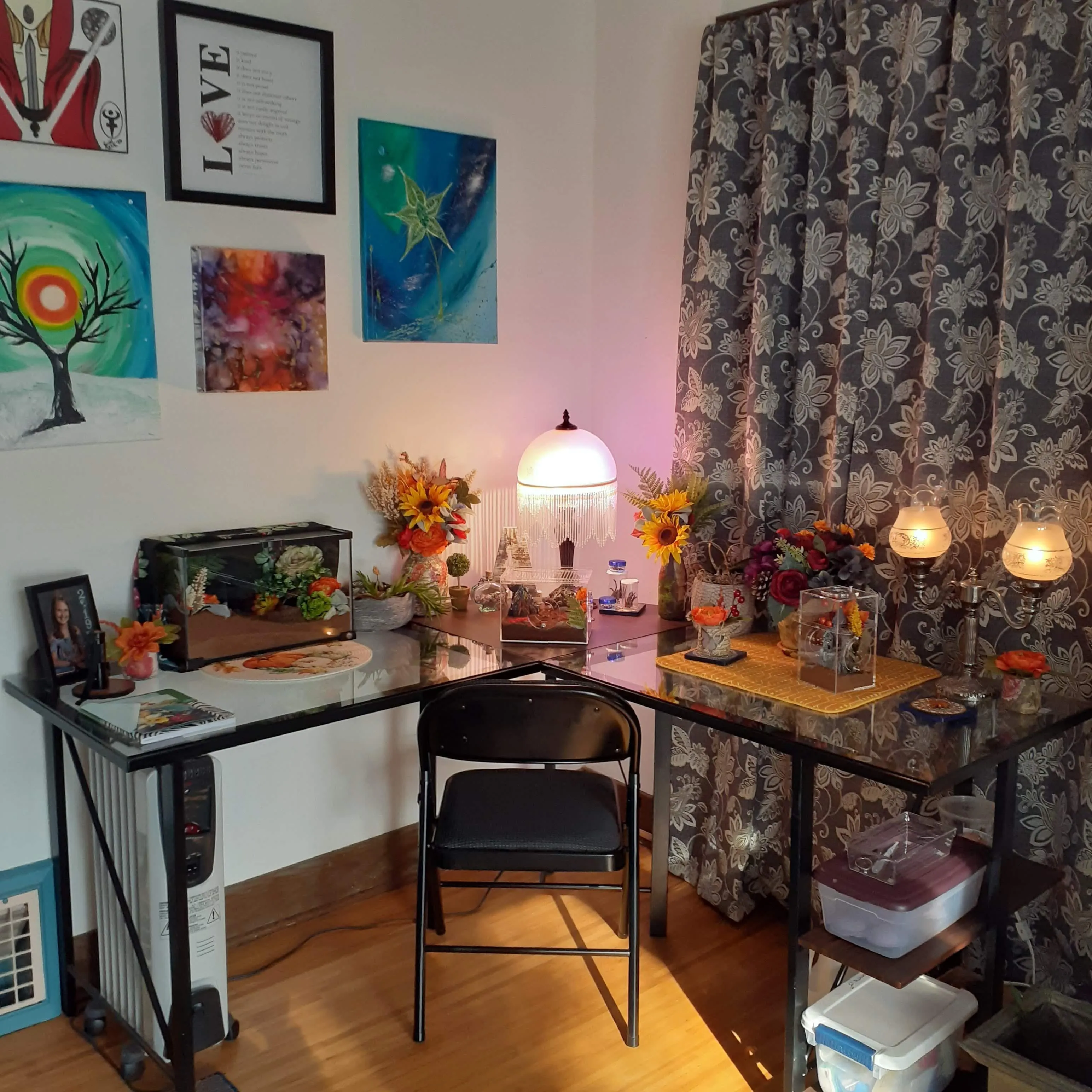
The space you choose should be proportional to the number and size of tarantulas you plan to keep. Ensure there’s enough room for enclosures, equipment, and your movement. Overcrowding can lead to stress and potential territorial disputes among tarantulas. Consider the future; allow for larger enclosures as your tarantulas grow or if you plan to expand your collection. Having adequate space also makes it easier to maintain the room, clean enclosures, and perform routine care tasks efficiently. Planning ahead will prevent overcrowding and unnecessary stress for your tarantulas.
Accessibility and Maintenance
Accessibility is another important consideration. The tarantula room should be easily accessible for daily care, feeding, cleaning, and health checks. Make sure the location provides ample space for you to move around comfortably, particularly when handling enclosures or equipment. The layout should facilitate ease of maintenance, such as easy access to water sources, substrate changes, and overall cleaning. Good accessibility reduces the time and effort required for routine tasks, making tarantula care more enjoyable and sustainable over time.
Essential Equipment For Tarantula Room
Equipping your tarantula room with the right tools and supplies is critical for creating a comfortable and healthy environment for your tarantulas. This includes selecting appropriate enclosures, choosing suitable substrates, and providing the correct heating and lighting. Careful selection and placement of this equipment will contribute significantly to the well-being of your tarantulas, allowing them to thrive in a controlled environment. Properly chosen equipment helps maintain the correct temperature, humidity, and overall environmental conditions, promoting the health and longevity of your pets.
Tarantula Enclosures and Housing
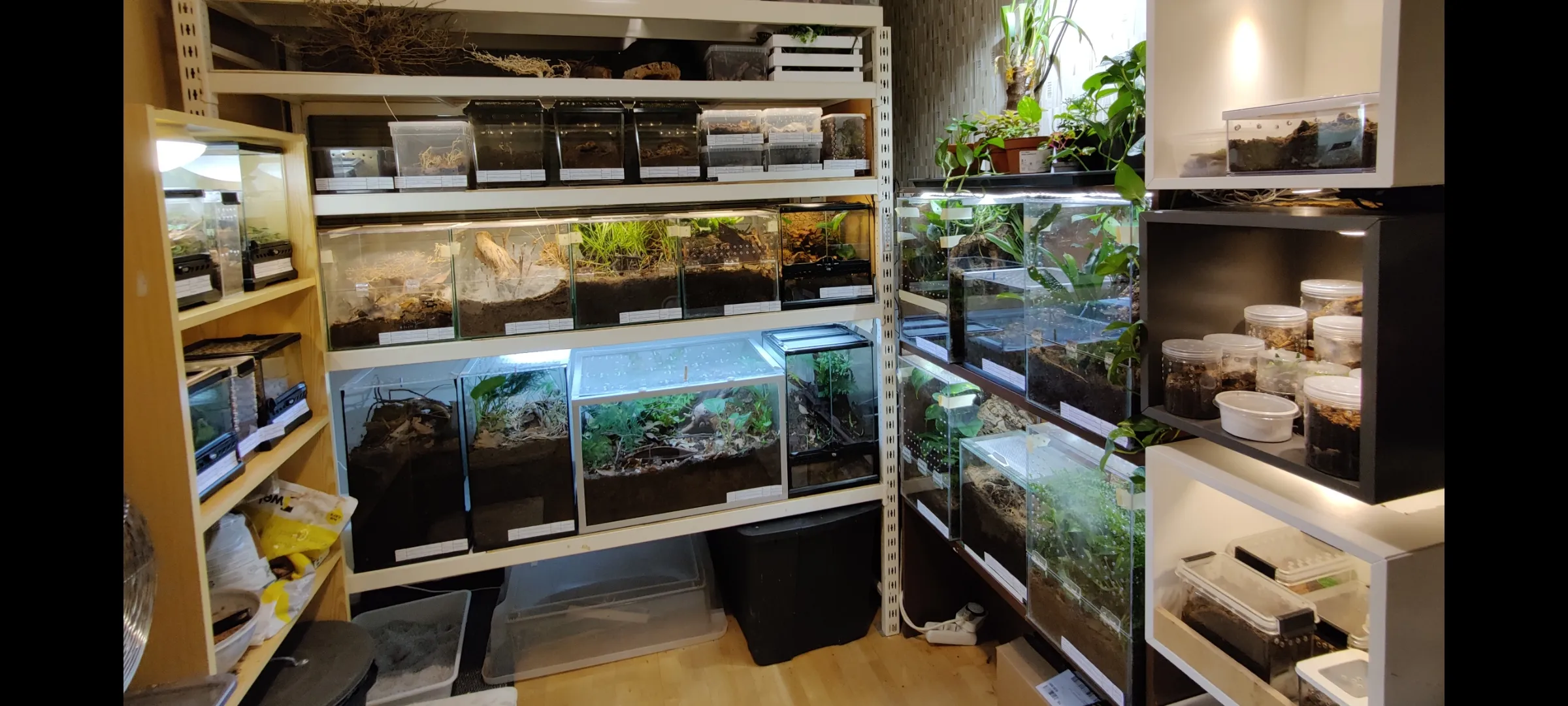
The enclosure is the most fundamental piece of equipment in your tarantula room. It should be appropriately sized for the species and stage of growth of your tarantulas. Consider materials like glass or acrylic, both of which offer good visibility. Ensure that the enclosure has secure ventilation to maintain air circulation without allowing escapes. The enclosure should also provide adequate access for feeding, watering, and maintenance. A well-chosen enclosure offers a secure and enriching environment. Choose an enclosure that complements the natural behaviors of your tarantula.
Size and Material Considerations
The size of the enclosure is crucial; it should provide enough space for your tarantula to move, burrow, and establish a territory without feeling cramped. As a general guideline, the enclosure should be at least twice the tarantula’s leg span in width and length. The material should be durable, clear, and provide good visibility. Glass and acrylic enclosures are popular choices; glass is scratch-resistant and acrylic is lightweight. The material should also be easy to clean and maintain, helping you keep a hygienic environment. Consider the material’s insulation properties to help maintain a stable temperature and humidity level.
Ventilation and Security
Proper ventilation is essential to prevent the buildup of harmful gases and maintain optimal humidity levels. Enclosures should have well-designed ventilation systems, such as mesh tops or strategically placed air holes. Security is equally important. Ensure the enclosure has a secure lid or door that your tarantula cannot escape from. Tarantulas are masters of escape, so double-check all closures. The enclosure should be secure enough to prevent accidental openings, especially if you have children or pets in the house. The ventilation and security of the enclosure are essential for the well-being of the tarantula.
Substrate Selection for your Tarantula Room
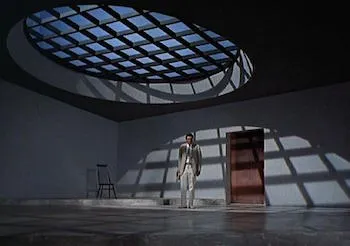
The substrate in your tarantula’s enclosure serves multiple purposes, including providing a surface for the tarantula to walk on, a place to burrow, and helps to regulate humidity. The best substrate choices mimic the natural environment of your tarantula species. Avoid substrates that could be harmful if ingested or that promote mold growth. Proper substrate selection is critical for ensuring a comfortable and healthy environment, allowing your tarantula to thrive. Careful consideration of the substrate will also benefit the overall cleanliness and maintenance of the tarantula room.
Types of Substrate and Their Benefits
Several substrate options are available, including coconut fiber, peat moss, vermiculite, and a mix of these. Coconut fiber is a popular choice for its excellent moisture retention and natural properties. Peat moss provides a similar benefit and can be combined with other materials. Vermiculite is good for maintaining humidity. Consider the specific needs of your tarantula species; some species prefer dry environments, while others require high humidity. Researching the natural habitat of your tarantula will help determine the ideal substrate mix. The correct substrate mix mimics the environment.
Substrate Depth and Humidity Control
The depth of the substrate depends on the species of your tarantula; burrowing species will require a deeper layer. Generally, a depth of 2-6 inches is sufficient, but always research your species. To control humidity, monitor the substrate’s moisture level. Regularly mist the enclosure or add water to the substrate to maintain the appropriate humidity level. Proper humidity is crucial for molting and overall health. Use a hygrometer to monitor the humidity, and adjust the watering schedule accordingly. Avoid over-watering, as this can lead to mold and other issues.
Heating and Lighting
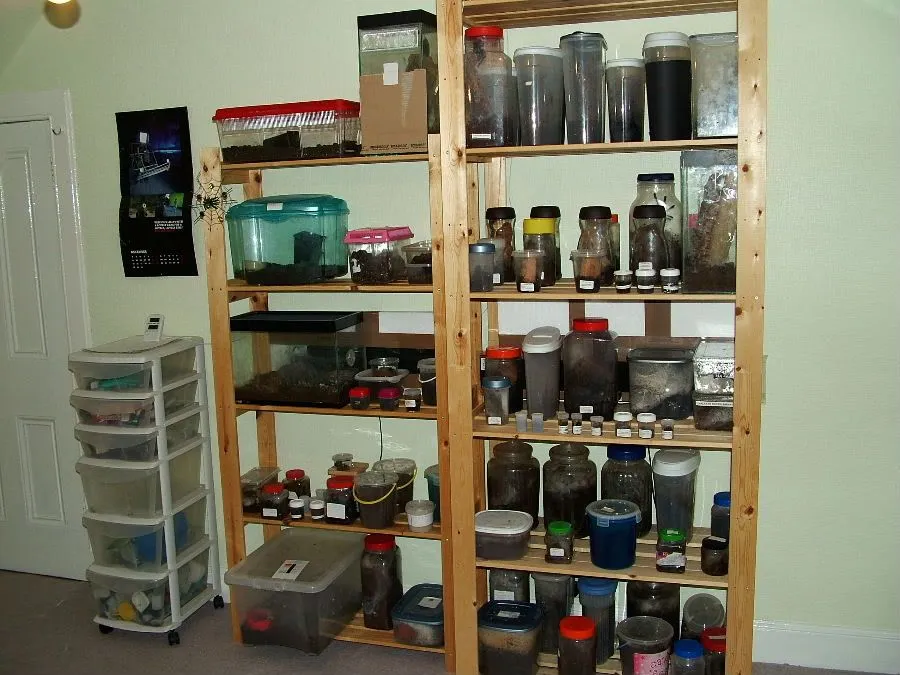
Providing the correct temperature and lighting is essential for your tarantula’s health. Tarantulas are ectothermic, meaning they rely on external sources to regulate their body temperature. They also benefit from a day-night cycle. Careful attention to heating and lighting ensures your tarantula thrives in its environment. Implementing a well-planned heating and lighting system supports the natural behavior and well-being of your tarantula. Proper heating and lighting are vital for its overall health.
Temperature Requirements and Methods
The ideal temperature range varies depending on the species, but a range of 70-85°F (21-29°C) is generally suitable for most tarantulas. Use a thermometer to monitor the temperature inside the enclosure. Heating methods include heat pads, ceramic heat emitters, and incandescent bulbs. Heat pads should be placed on the side of the enclosure, not underneath, to prevent overheating. Ceramic heat emitters are excellent for providing ambient heat, and incandescent bulbs can be used but should be monitored to avoid overheating. Regular monitoring and adjustments of the heating system will maintain the ideal environment.
Lighting Options and Schedules
Tarantulas do not require strong lighting, but a natural day-night cycle is beneficial. Use a low-wattage LED or incandescent bulb for illumination. Avoid exposing your tarantulas to direct sunlight. A light cycle of 12 hours on and 12 hours off is a good starting point. Use a timer to automate the lighting schedule. If your tarantulas are in a room with natural light, ensure they are not exposed to excessive or direct sunlight. This lighting setup will mimic a natural environment.
Decorating Your Tarantula Room
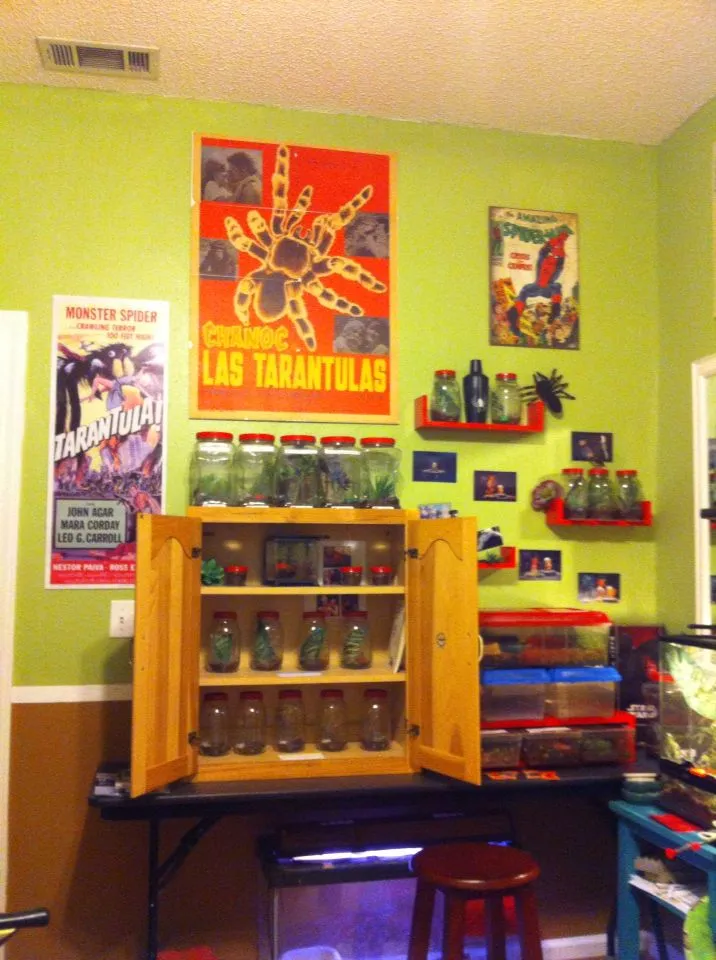
Decorating your tarantula room enhances the environment and provides enrichment for your tarantulas. Decorations should mimic the tarantula’s natural habitat. Avoid decorations that can be dangerous or difficult to maintain. The decorations should improve the aesthetics of the room. Creating a stimulating and safe habitat for your tarantulas will enhance their well-being and your enjoyment. Choosing the right decorations is an important part of setting up the tarantula room.
Adding Hides and Climbing Structures
Hides are essential for tarantulas, as they provide a secure place to retreat and feel safe. Use items like cork bark, half-logs, or artificial caves to create hiding spots. Climbing structures, such as branches or artificial plants, can provide enrichment, especially for arboreal species. Ensure that any climbing structures are securely placed and will not collapse. Consider the size and behavior of your tarantulas when choosing these items. The hides and climbing structures will make the tarantula’s enclosure more interesting.
Choosing Appropriate Decorations
When selecting decorations, choose non-toxic materials. Artificial plants, rocks, and wood pieces are excellent choices. Ensure decorations are clean and free of sharp edges or small parts that could be ingested. Avoid items treated with chemicals or pesticides. Consider the size and species of your tarantulas when choosing decorations, and place them strategically to create a natural-looking environment. Ensure the decorations will not fall or crush your tarantula. Choose the proper decorations for a healthy and comfortable environment.
Avoiding Hazards
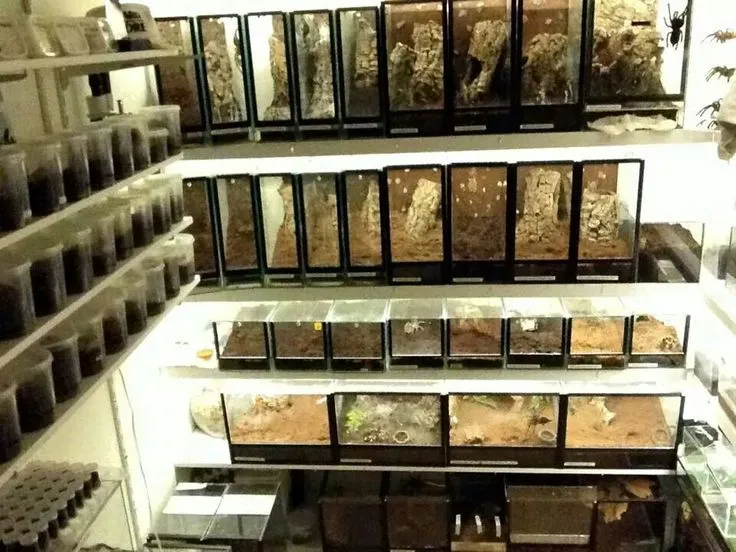
When decorating, be mindful of potential hazards. Avoid sharp objects that could injure your tarantulas. Make sure decorations are securely placed to prevent accidental injury or the enclosure falling over. Do not use anything that could be toxic or could release fumes. Regular inspection and maintenance of decorations are important to ensure that the enclosures remain safe and healthy for your tarantulas. This will provide a safe environment for your tarantulas.
Maintaining Your Tarantula Room
Regular maintenance is crucial for keeping your tarantula room clean and the inhabitants healthy. Routine tasks include cleaning, watering, and monitoring environmental conditions. This level of maintenance ensures that your tarantulas remain in a safe and healthy environment. A consistent maintenance routine also allows you to spot potential problems early and prevent them from escalating. The effort put into regular maintenance will promote your tarantulas’ long-term health and vitality, as well as your satisfaction as a keeper.
Cleaning and Waste Removal
Regular cleaning is necessary to maintain a hygienic environment. Remove any uneaten food, old molts, and fecal matter from the enclosure. Spot-clean the substrate regularly, and completely replace the substrate every few months, depending on the species and enclosure size. Use a safe, non-toxic cleaning solution if needed, and be sure to rinse thoroughly. Consistent cleaning eliminates the risk of mold and bacteria, promotes a healthy environment, and ensures the overall cleanliness of the tarantula room. Proper cleaning is essential for the well-being of the tarantula.
Watering and Humidity Control
Provide a constant supply of fresh, clean water. Use a shallow water dish or mist the enclosure regularly. Monitor humidity levels using a hygrometer. Adjust watering frequency and ventilation to maintain the appropriate humidity level for your tarantula species. Over-watering can lead to mold, while insufficient humidity can cause issues with molting. Regularly check and maintain water sources to prevent dehydration. Consistent monitoring of humidity levels is important for your tarantula’s health.
Monitoring and Adjustments
Monitor all aspects of the tarantula room. Check the temperature, humidity, and the general health of your tarantulas regularly. Observe your tarantulas’ behavior for any signs of stress or illness. Make adjustments to the environment as needed, such as increasing humidity or adjusting the temperature. Be observant and learn to recognize the signs of stress or illness. Consult a veterinarian or experienced keeper if you have concerns. Consistent monitoring and prompt adjustments will ensure a safe and healthy environment for your tarantulas.
Setting up a tarantula room requires careful planning, preparation, and ongoing maintenance. By following the guidelines provided in this guide, you can create a safe, comfortable, and stimulating environment where your tarantulas can thrive. Remember that each species has unique needs, so research your specific tarantulas and their requirements. Regular monitoring, consistent care, and a passion for these fascinating creatures will lead to a rewarding experience. Enjoy the process and the opportunity to learn more about these amazing creatures!
